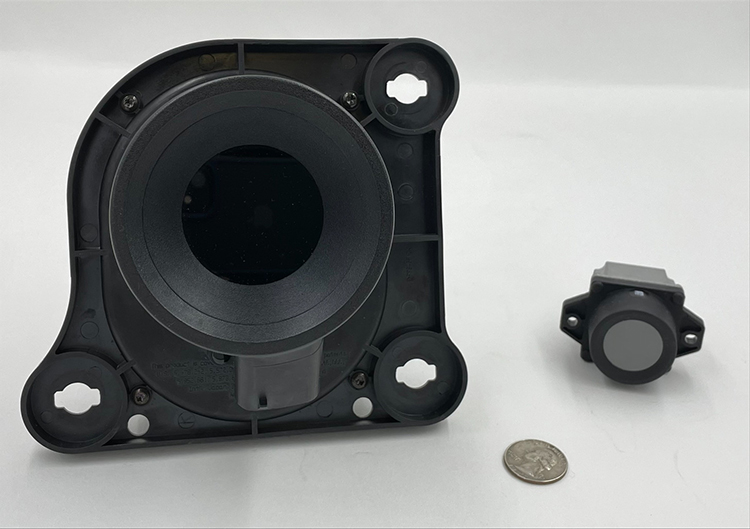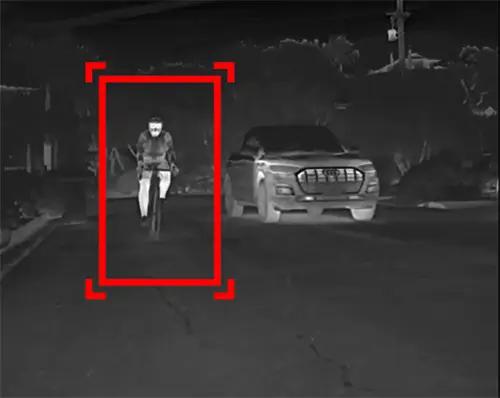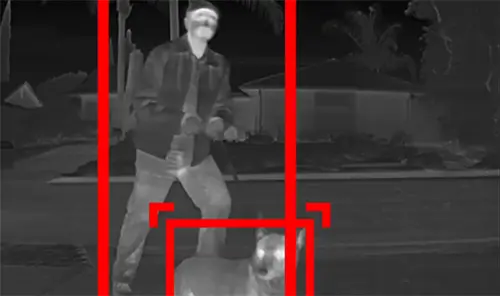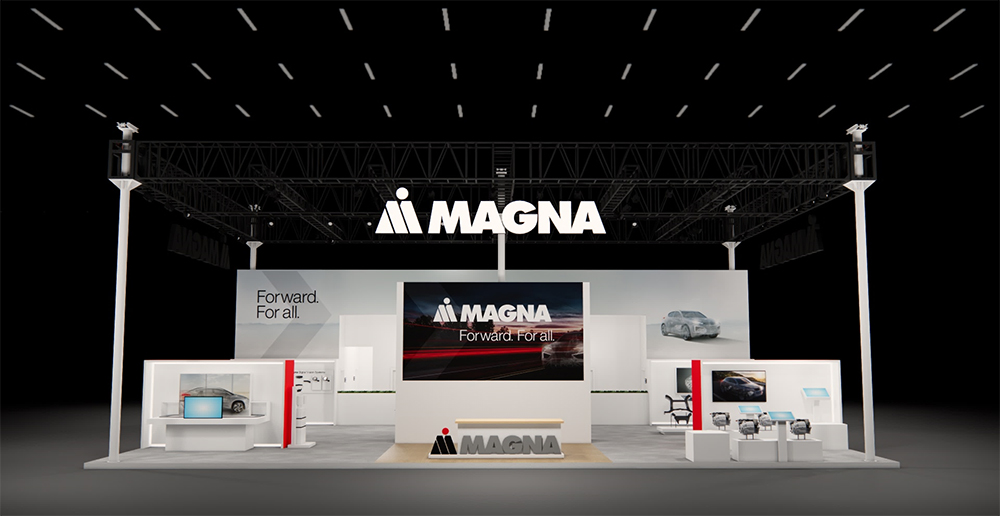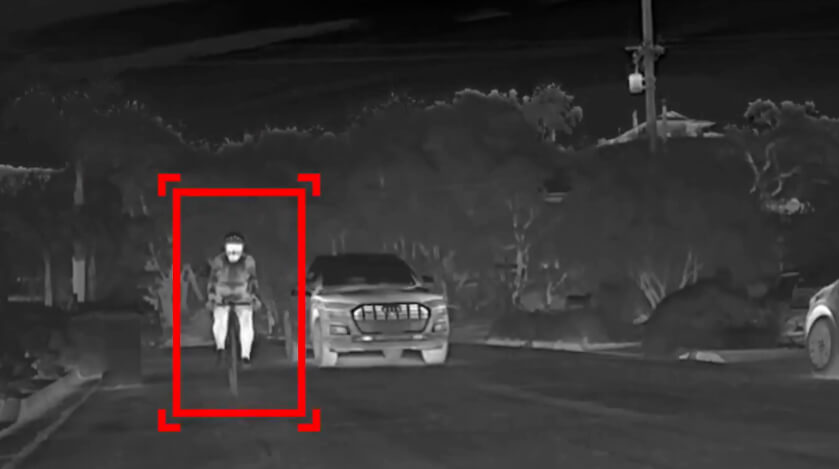

We want to hear from you
Send us your questions, thoughts and inquiries or engage in the conversation on social media.
Related Stories
Magna Recognized as 2024 Supplier of the Year and Over Drive Award by General Motors
Releases
Stay connected
You can stay connected with Magna News and Stories through email alerts sent to your inbox in real time.
